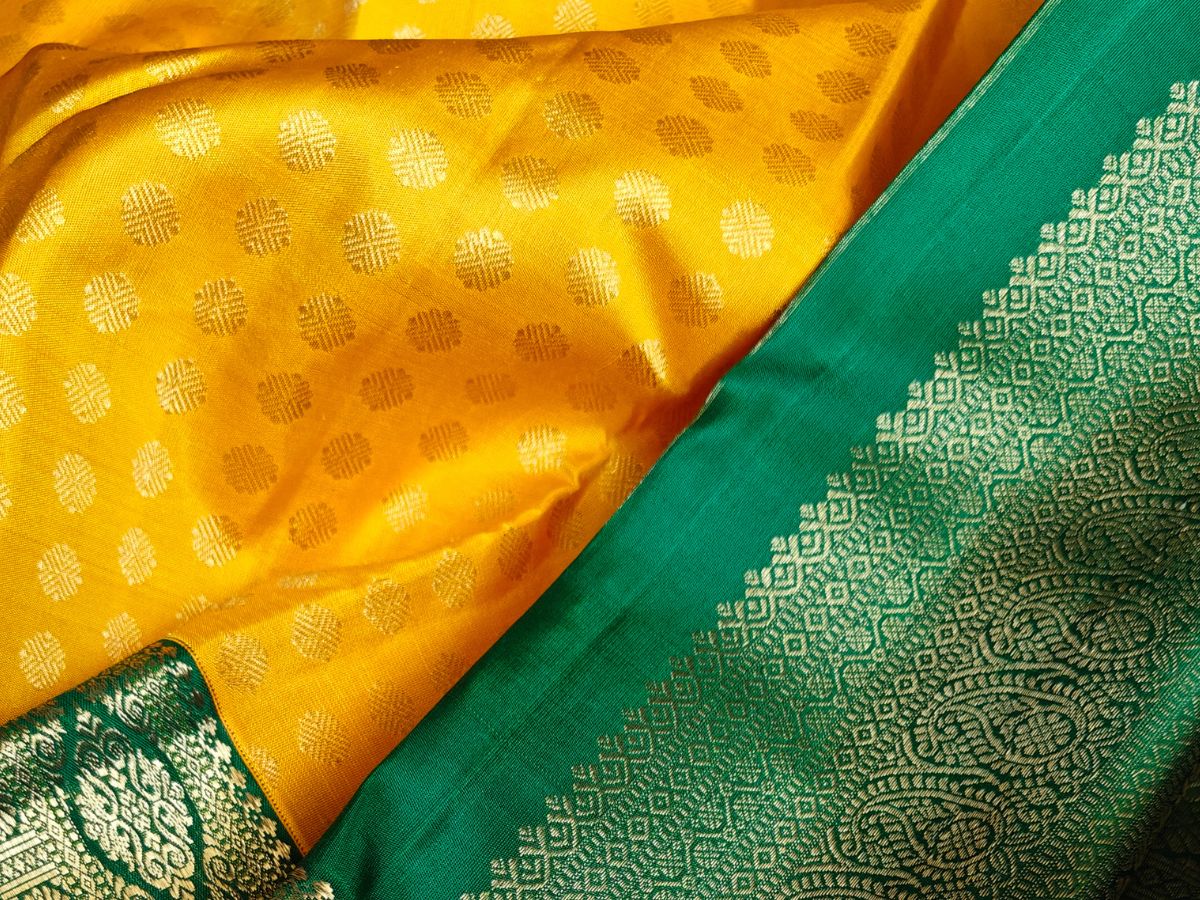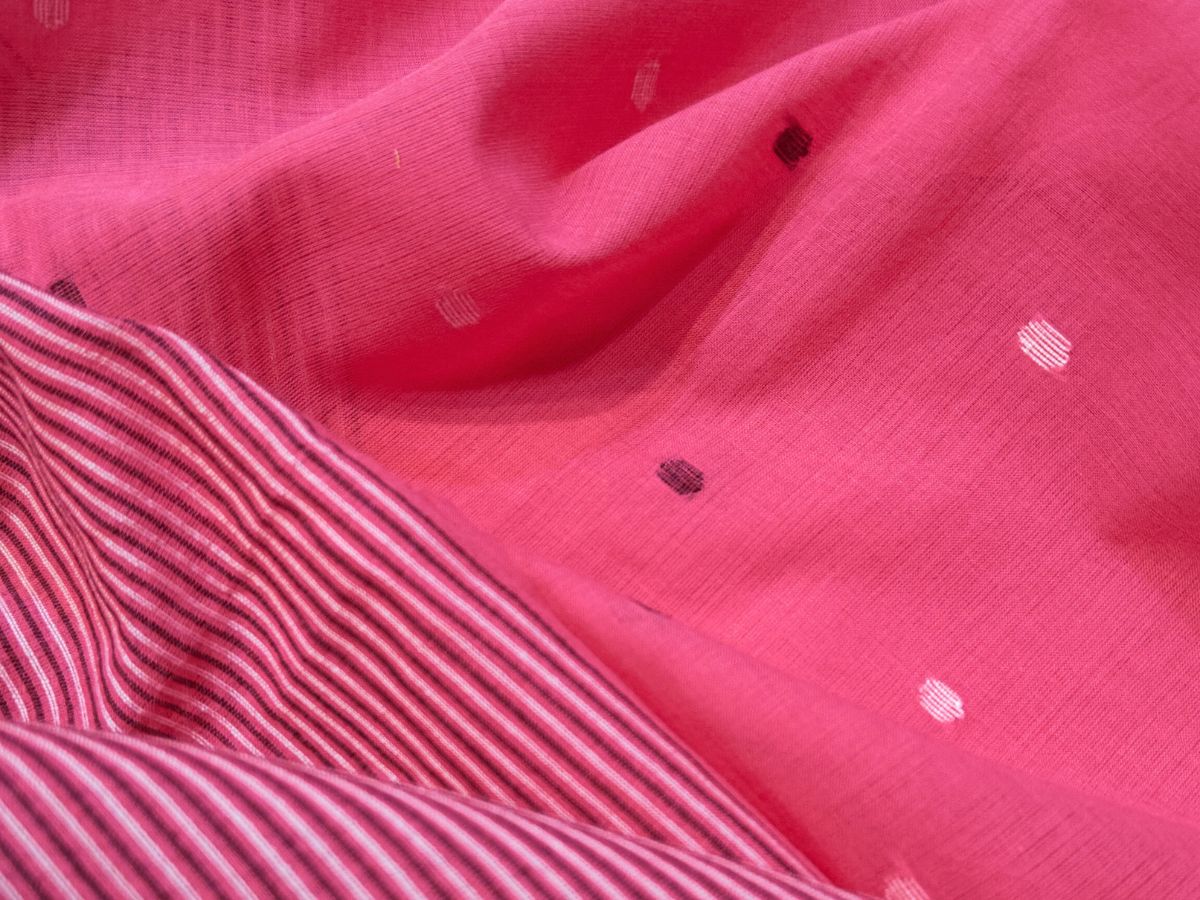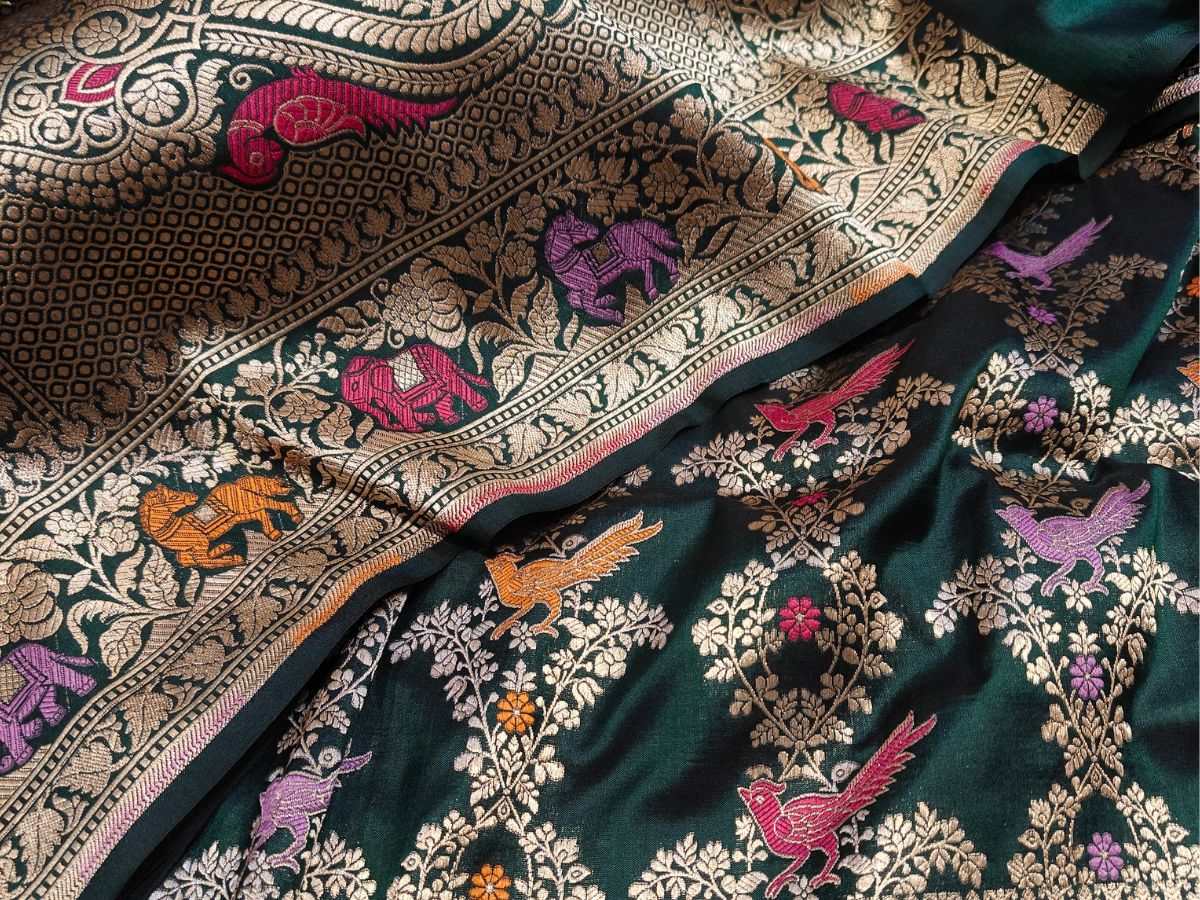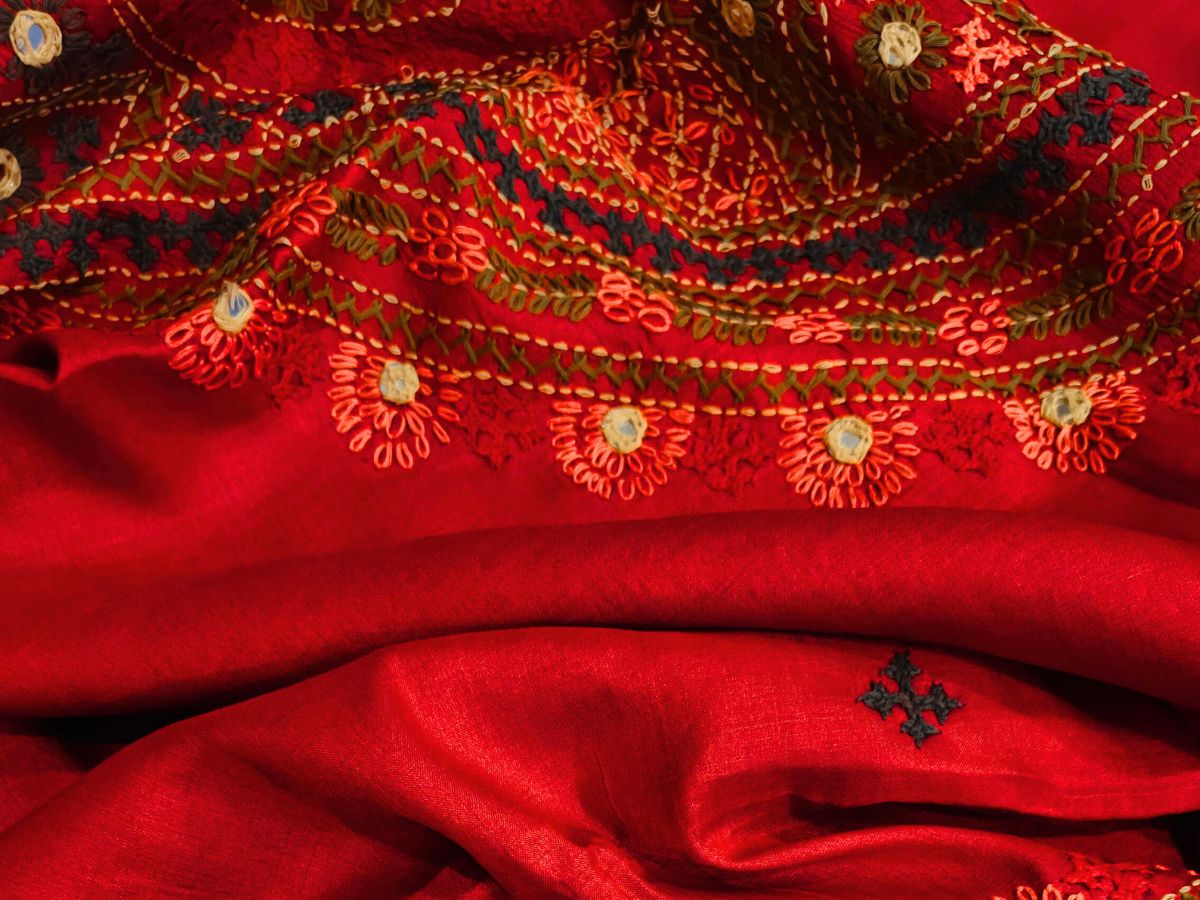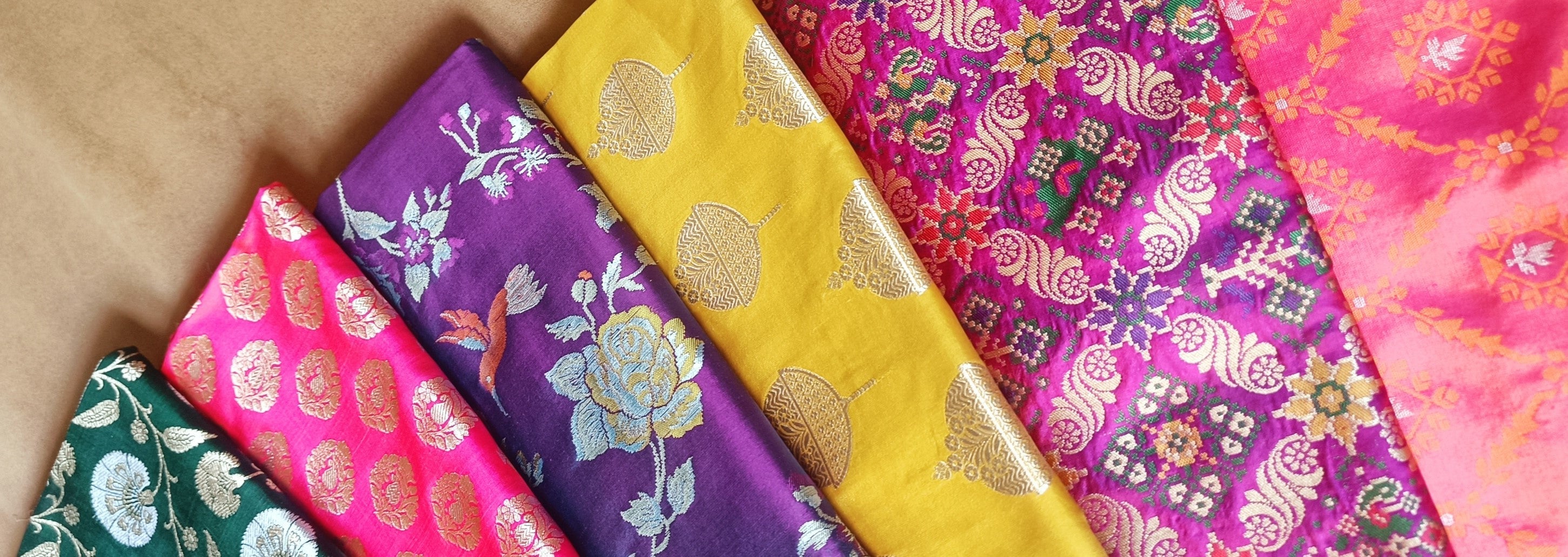The Dawn of Sarees from the Days of Yore – A Chronicle

If Elegance was a garment, it would indisputably be the Ubiquitous nine-yard wonder- Saree.
This oldest form of garment still in existence and in style, hallowed by our tradition and custom, beautifully shapes a woman’s essence and articulates her sentiments.
The Sari Archives - The first mention of this attire is in the Hindu book of Hymns- the Rig Veda dating to 3000 BC. Also, the history of the Indian garb traces the saree back to the Indus Valley Civilization flourished during the 1800 BC around the north-western part of the Indian Subcontinent.
Acknowledged in the earliest Hindu Sanskrit literature and the Buddhist Pali literature, it also finds citations in the ancient Tamil poetry Silappadhikara. In the Upanishads and the Rig Veda, the universe is envisaged as a fabric woven by the Gods. The uncut garment painted with a sacred picture on it is an insignia of wholeness and integration as it symbolizes the totality of manifestation. The midriff of a woman is left bare by the saree, as the navel of the divinity is deemed to be the source of life and creativity.
The Fons et Origo - An unstitched attire wrapped around the waist with one end draped over the shoulder, this humble piece of cloth has its etymology derived from the Sanskrit word ‘Satika’, evolved into the word ‘Sati’ meaning ‘strip of cloth’ and later anglicized as ‘Sari’.
‘Satika’ is altered from the three-piece ensemble known as ‘poshak’, a generic term for the costume. It comprises of the Antariya – lower garment, the Uttariya – veil worn over the shoulder, and the Stanapatta – a chest band. Since the Stanapatta was the most visible part of the attire, they were embellished, dyed, and embroidered according to the status of the women in their respective societies.
The Evolution – The journey of the Saree began with the rearing of cotton, cultivated in the Indian Subcontinent around the 5th millennium BC. Prevalent dyes like Indigo, lac, turmeric, and red madder slowly got incorporated in the weaves.
Every major realm of India namely the Mauryas, Rajputs, and Rastrakutas from the North to the Southern kingdoms Cholas, Cheras, Pandyas, and Chalukyas, and finally to the Mughals have contributed to its evolution. Under the Mughals, the saree has its elaborate evolution with intricate embroidery and exquisite fabric usage.
With the advent of westerners, Industrialization entered India with an official entry of Synthetic Dyes. Unknown techniques of dyeing and printing were used lending a new twist to the sarees.
The Grandeur of Handwoven Sarees – Handwoven sarees is a laborious process that can take from days to months to complete. Adding sensuality to this unparalleled weave is the numerous permutations and combinations of fibers, motifs, patterns, and hues on the exquisitely crafted canvas of this nine-yard piece of cloth. Depending on the intricacy of the weave, the procedure gets complex right from procuring the materials made of 100 percent mulberry silks and zari, spinning, dyeing the yarn, and then finally weaving into the complete yards of fabric. The design and motifs can also serve as regional identifiers, such as the Kanjivaram, the Gadwal, the Pochampally Ikat, and many more.
Donned by every South Asian woman, the Saree eternally serves as a Symbol of Pride, ambassador of artistry and handiwork, and the international Indian attire.
We at Dakshinam sarees, are in awe of our artisan’s endeavor in designing detailed exquisite weaves to preserve every woman’s modesty with comfort and grace, embracing her feminine natural curves and elevating her ethos.


